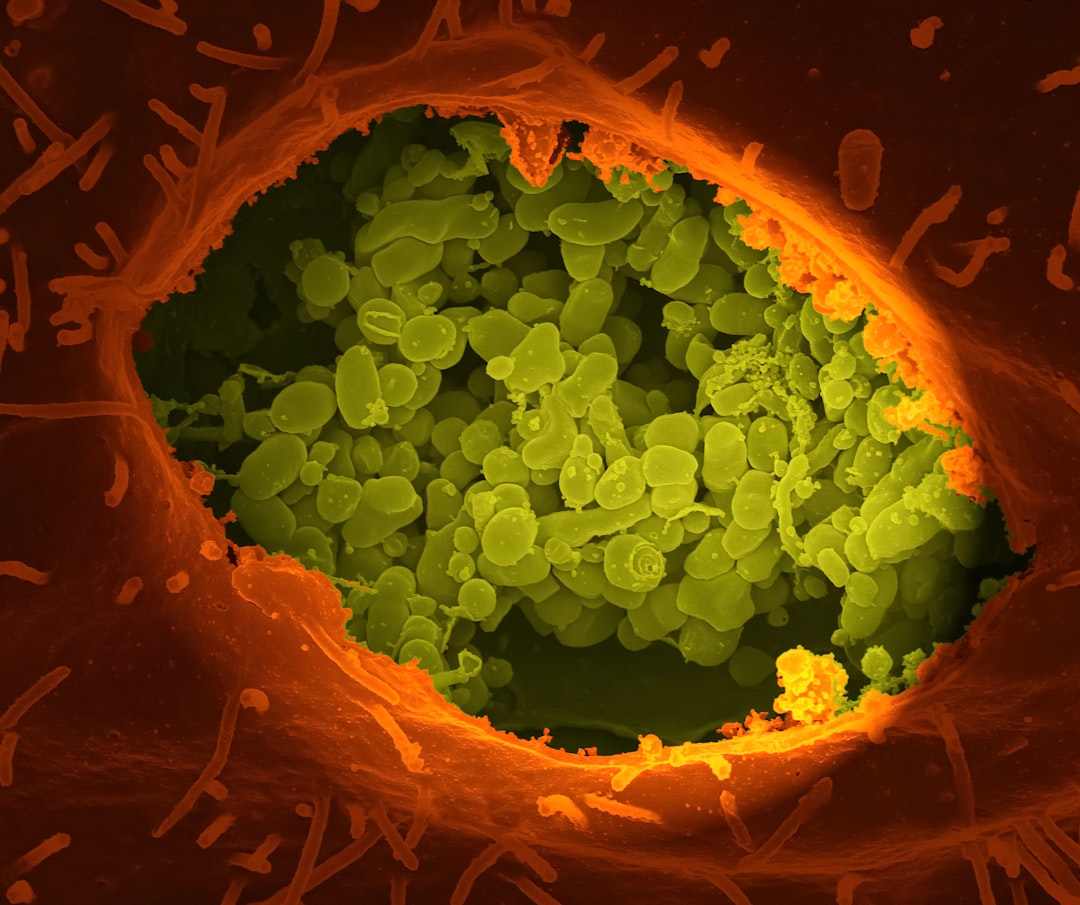What is it about?
Social relationships are crucially dependent on individual ability to learn and remember ecologically relevant cues. However, the way animals recognize cues before engaging in any social interaction and how their response is regulated by brain neuromodulators remains unclear. We examined the putative involvement of arginine vasotocin (AVT) and isotocin (IT), acting at different brain regions, during fish decision-making in the context of cooperation, by trying to identify how fish distinguish and recognize the value of other social partners or species. We hypothesized that the behavioural responses of cleaner fish clients to different social contexts would be underlain by changes in brain AVT and IT levels. We have found that changes in AVT at the level of forebrain and optic tectum are linked with a response to allopatric cleaners (novel or unfamiliar stimuli) while those at cerebellum are associated with the willingness to be cleaned (in response to sympatric cleaners). On the other hand, higher brain IT levels that were solely found in the diencephalon, also in response to allopatric cleaners. Our results are the first to implicate these nonapeptides, AVT in particular, in the assessment of social cues which enable fish to engage in mutualistic activities.
Featured Image
Read the Original
This page is a summary of: Region specific changes in nonapeptide levels during client fish interactions with allopatric and sympatric cleaner fish, PLoS ONE, July 2017, PLOS,
DOI: 10.1371/journal.pone.0180290.
You can read the full text:
Contributors
The following have contributed to this page










